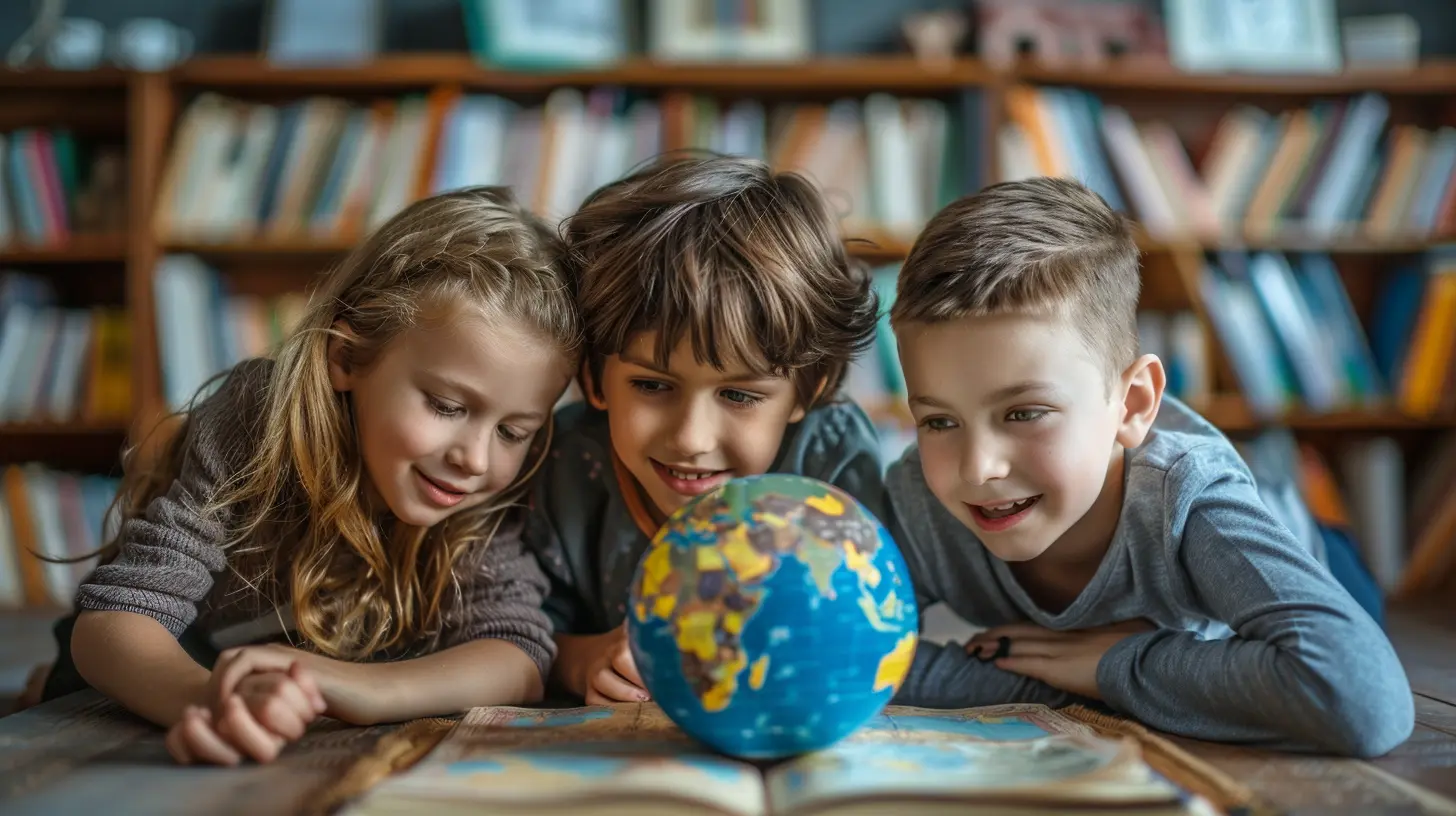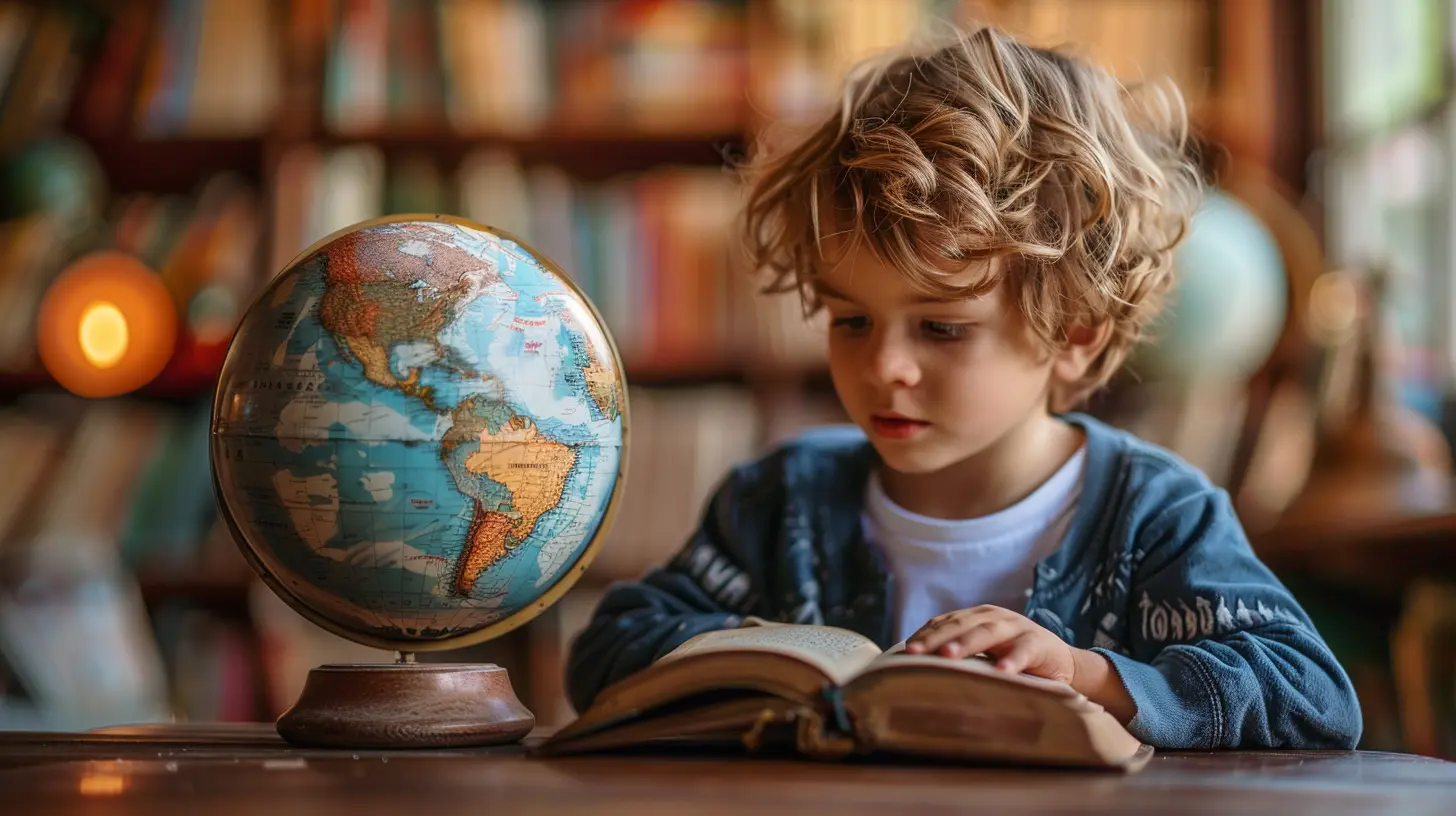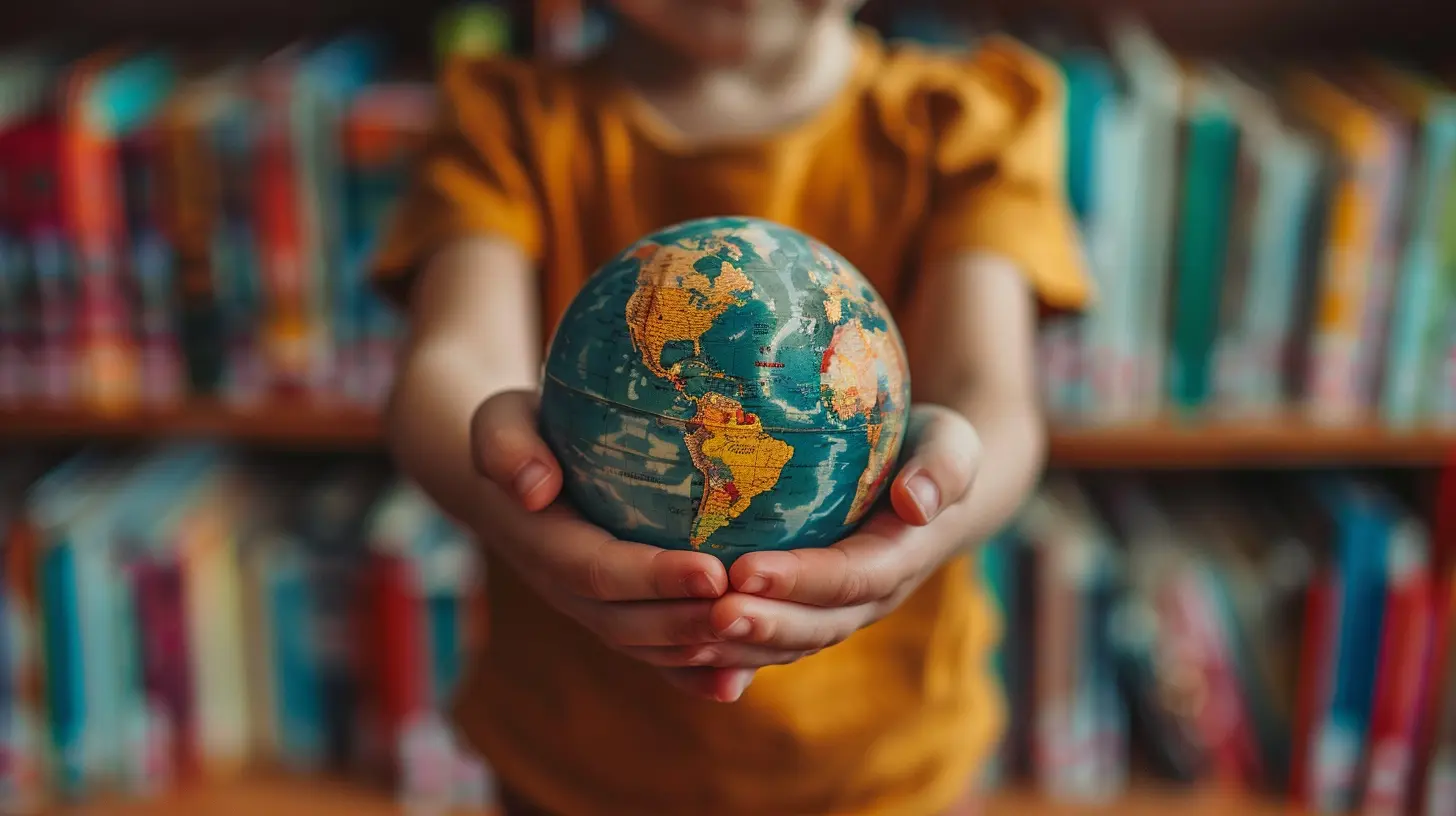Teaching Global Awareness and Cultural Studies in Homeschool
13 June 2025
In today’s fast-paced, interconnected world, teaching our kids about global awareness and cultural studies isn’t just a “nice-to-have” — it’s absolutely essential. And if you're homeschooling your child, you have a unique opportunity to weave this vital subject directly into your everyday lessons. But how do you do that? How can you teach your kids to expand their worldview without hopping on a plane every month?
Let’s chat about real, practical, and downright fun ways to integrate global awareness and cultural understanding into your homeschool routine — while also covering the "why" behind it all.
Why Global Awareness Matters in Homeschooling
Let's kick things off with the big "why."We’re living in a global village, thanks to technology. Your child might have friends in different countries through online platforms, work in a multinational team someday, or even run a remote business that spans continents. Global awareness helps them connect, communicate, and thrive in this cross-cultural world.
Teaching global and cultural studies gives kids:
- Empathy and respect for others
- Critical thinking about global issues
- Understanding of their role in society
- Open-mindedness and tolerance
Let’s face it — we all want our kids to grow into compassionate, thoughtful humans, right? Global and cultural education is a major stepping stone.
The Challenges of Teaching Global Awareness at Home
Now, let’s be real. Teaching global awareness at home can feel overwhelming. You might be thinking:> “I’ve never been outside my country — how can I teach about the world?”
Or
> “Do I need a fancy curriculum for this?”
The good news? You don’t need a passport, a teaching degree in anthropology, or an expensive curriculum to get started. What you do need is curiosity, open-mindedness, and a willingness to explore the world together with your child.
Making Global Awareness Personal and Relatable
Global learning doesn’t have to be stuffed with facts and figures about every country on Earth (unless your kid is into that, of course!). It’s more about helping them understand how people live differently — and similarly — across the globe.Start small. Here are a few ideas you can begin with:
1. Start with Your Own Culture
Often, the best place to begin is right at home. Teach your child about your own cultural background, traditions, and family history. This builds a foundation of identity, which is key before exploring others.Activity idea: Create a family heritage project – trace ancestry, cook traditional dishes, and document stories from grandparents.
2. Celebrate World Holidays
Why wait for December to teach about cultural diversity? Celebrate major holidays from around the world throughout the year. Think Chinese New Year, Diwali, Ramadan, Hanukkah, and more.Engage with:
- Cooking traditional meals
- Reading folklore or legend from that culture
- Creating crafts or decorations
Kids love celebrations, and this approach introduces them to global traditions in a fun, engaging way. It’s not just about the party — it’s about understanding the "why" behind it.
Use Stories as a Gateway to the World
Books are magical portals into other lives, other lands, and other perspectives.Make it a habit to include diverse books in your reading list — books written by and about people from different cultures, countries, and walks of life.
Look for:
- Folk tales from Africa, Asia, and South America
- Modern stories from Indigenous authors
- Diverse characters in contemporary settings
Bonus tip: Read books in translation or listen to audiobooks in original languages (with subtitles if needed!). It adds flavor — quite literally — to the learning experience.
Global Learning Through Food (Yum!)
Let’s be honest — food is probably one of the easiest (and tastiest) ways to teach about the world.Each week, pick a country and plan a “Global Kitchen Day.” Research the cuisine, cook a traditional meal, and learn a little about the country’s customs, geography, and people while you’re at it.
Cooking together opens the door to learning about:
- Agriculture and climate differences
- Cultural rituals around food
- Religious dietary customs
Who knew dinner could be such a powerful teaching tool?
Virtual Field Trips and Online Resources
You don’t need a visa when you’ve got WiFi.Tech has opened a whole universe of learning. From virtual tours of the Great Wall of China to live cams of African safaris, you can bring the world into your home from your laptop.
Here are some great virtual resources:
- Google Earth for geography-based scavenger hunts
- YouTube travel vlogs for cultural immersion
- National Geographic Kids for engaging visuals and stories
- Time for Kids for world news written for young minds
Pro tip: Make it interactive. Pause and ask questions, journal about what they saw, or create a mini documentary review.
Pen Pals and Cultural Exchanges
Nothing beats real conversations.Having a pen pal in another country is one of the oldest — and still coolest — ways to teach global awareness. It creates connections across borders and challenges stereotypes.
You can find pen pal programs through:
- Homeschool forums
- Cultural exchange websites
- Language learning platforms
Writing letters or emails helps kids develop empathy, global citizenship, and even language skills. It’s like giving them a friend in another corner of the world.
Integrate Cultural Studies into Every Subject
Here’s the fun part — you don’t need to create a separate subject called “Global Awareness.” You can weave it into almost everything:Geography
Sure, map skills are cool, but go deeper. Study how geography affects culture — like how island nations develop differently than landlocked countries.History
Instead of just studying American history, branch out. Dive into ancient Egypt, the Great Wall of China, the Inca Empire, or African kingdoms.Art and Music
Explore traditional music and art from around the world. Try drumming with West African rhythms or creating Aboriginal dot paintings.Language Arts
Read global literature, write letters to international friends, or study root words from Latin and Greek to understand language migration.Science
Study ecosystems in different continents, the effect of climate change globally, or indigenous approaches to herbal medicine.Teaching Global Issues with Sensitivity
Now, being globally aware also means talking about the tougher stuff: poverty, inequality, climate change, refugee crises, and even war. These topics can be challenging but shouldn’t be avoided.Here’s how to ease into it:
- Use age-appropriate news sources
- Focus on stories of change-makers and solutions
- Encourage open, honest conversations
Teach your child to ask questions, research thoughtfully, and respond with empathy. Those muscles are just as important as memorizing multiplication tables.
Encourage Critical Thinking Over Stereotypes
The goal here isn't just to “learn facts about other cultures.” It’s to cultivate curiosity and crush assumptions. Challenge your child to think critically when they encounter media about another culture.Ask things like:
- “Who’s telling this story?”
- “Is this portrayal fair?”
- “What else might be true that we’re not seeing?”
This approach builds not just global awareness but media literacy too — a seriously valuable skill in today’s information-saturated world.
Keep It Real: Make Space for Mistakes
None of us get this stuff perfect, and that’s okay. You might say the wrong thing, mispronounce a name, or choose a biased source — it’s all part of learning.Show your child that growth means being open to correction. That humility? It's the secret sauce to becoming a true global citizen.
Homeschooling as a Launchpad for Global Citizens
At the heart of it all, homeschooling gives you the freedom to shape your child’s view of the world — to design an education that not only teaches but transforms.You can create a home where:
- Differences are celebrated, not feared
- Curiosity is king
- Hearts are just as important as test scores
Global awareness isn’t a “chapter” in your curriculum. It’s a lens through which your child views the entire world.
And when they grow up, that lens will guide how they treat others, how they lead, and how they solve problems that span far beyond their hometown.
Final Thoughts
Yes, it takes effort. Yes, you might have to dig around for the right resources, or correct a few misconceptions along the way. But teaching global awareness and cultural studies in homeschool isn’t just doable — it’s a deeply worthwhile journey.Your child doesn’t need to travel the globe to understand it. They just need a guide — and that guide is you.
So, start today. Cook a new dish. Read a story from a faraway land. Watch a festival online. Write to a friend across the sea.
Bit by bit, brick by brick, you’ll help build a worldview that’s bigger, kinder, and wiser.
all images in this post were generated using AI tools
Category:
HomeschoolingAuthor:

Eva Barker
Discussion
rate this article
2 comments
Matteo McNeal
This article brilliantly highlights the importance of global awareness in homeschool education. However, it could further explore practical strategies for parents to engage children in meaningful cultural exchanges, fostering empathy and critical thinking. A more diverse curriculum could enrich students' perspectives significantly.
June 18, 2025 at 12:12 PM

Eva Barker
Thank you for your insightful feedback! I appreciate your suggestions for including practical strategies and a more diverse curriculum to enhance cultural exchanges and empathy in homeschool education. I'll consider these ideas for future updates!
Caroline McTigue
Integrating global awareness and cultural studies in homeschooling fosters critical thinking and empathy in students. By exploring diverse perspectives, learners develop a deeper understanding of interconnectedness, preparing them to navigate an increasingly global society.
June 13, 2025 at 3:59 AM

Eva Barker
Thank you for your insightful comment! I completely agree that integrating global awareness and cultural studies in homeschooling not only enhances critical thinking and empathy but also equips students to thrive in a connected world. Your perspective underscores the importance of diverse learning experiences in fostering well-rounded individuals.


